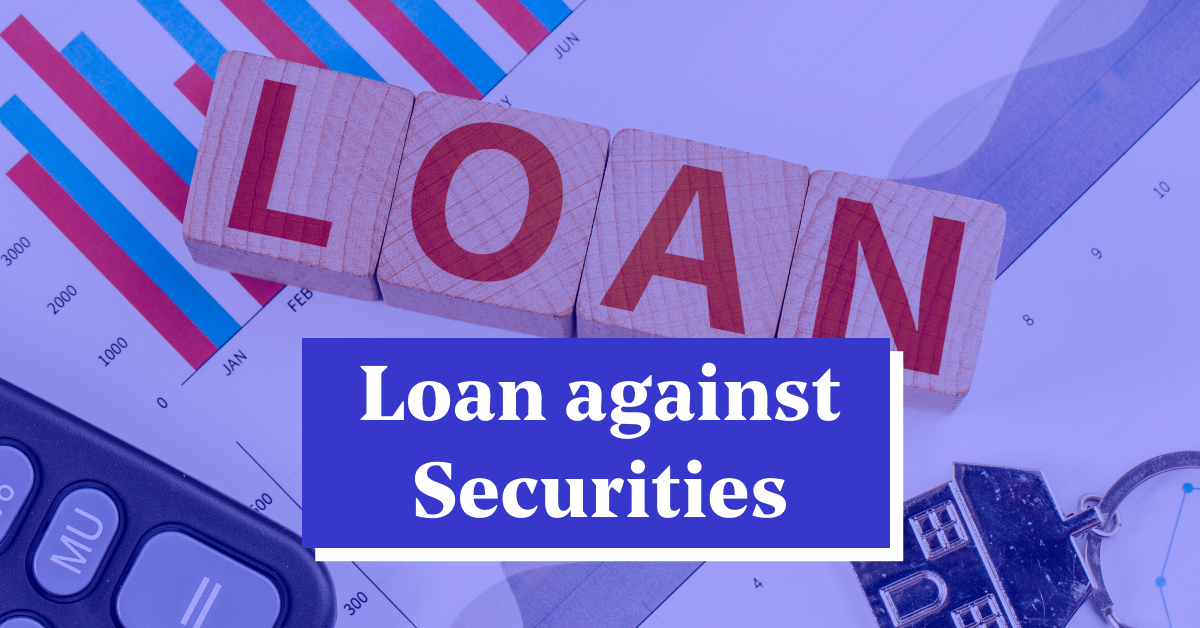Loan against securities (LAS) is a type of loan that allows borrowers to pledge their securities to borrow money. The securities pledged as collateral can be stocks, shares, mutual funds, bonds, or any other securities that are tradeable on the stock exchange. In return, the borrower gets access to funds that can be used for any purpose, be it personal or business-related.
Why LAS is popular
LAS is a popular financing option for individuals and businesses looking for quick and hassle-free cash flow. The process is usually simple and straightforward, with minimal documentation and quick processing times. Interest rates for loans against securities are typically lower than those for unsecured loans, as borrowing against securities reduces the lender’s risk. But just how low are the interest rates typically offered for loans against securities?
Interest rates and factors affecting them
The interest rates for loan against securities vary depending on a number of factors, including the type of securities pledged as collateral, the loan amount, the loan tenure, the borrower’s creditworthiness, and the lender’s risk profile. As a general rule, the interest rates for LAS are lower than those for unsecured loans, but higher than those for secured loans such as home loans or car loans.
The interest rates for LAS may vary between lenders and financial service providers, but the industry standard for LAS interest rates is usually around 10-12% per annum. However, the interest rates may be higher or lower than this range depending on the above factors.
In addition to the interest rate, borrowers should also consider other charges and fees associated with LAS, such as processing fees, pre-payment charges, and foreclosure charges. These charges may vary between lenders, so it’s important to read the loan agreement carefully and understand the terms and conditions before signing up for LAS.
When it comes to LAS, borrowers have two options – they can either approach a bank or a non-banking financial company (NBFC). Banks usually offer lower interest rates for LAS, as they are regulated by the RBI and have lower risk profiles. However, the loan processing times may be longer, and the eligibility criteria may be more stringent.
On the other hand, NBFCs offer faster loan processing times and more flexible eligibility criteria, but their interest rates may be slightly higher than those of banks. This is because NBFCs are not regulated by the RBI and often take on more risk than banks.
Borrowers should also consider the loan-to-value (LTV) ratio when taking out a LAS. LTV ratio is the ratio of the loan amount to the value of the securities pledged as collateral. The LTV ratio varies between lenders and may be up to 85% for banks and 70-75% for NBFCs. This means that for every Rs.1 lakh worth of securities pledged, the borrower may receive a loan of up to Rs.85,000 from a bank, or up to Rs.70,000-75,000 from an NBFC.
The loan tenure for LAS may vary between lenders, but it usually ranges between 12 months to 36 months. Some lenders may offer longer tenure loans, but they may come with higher interest rates or lower LTV ratios. The loan tenure should be chosen based on the borrower’s repayment capacity and financial goals. Longer tenure loans may have lower monthly EMIs, but they may end up costing more in the long run due to higher interest rates.
When taking out a LAS, borrowers should also consider the risks involved. If the borrower is unable to repay the loan, the lender may sell the securities pledged as collateral to recover the loan amount. In such cases, the borrower may lose their investment in the securities, as their value may decline over time. Borrowers should also be mindful of market risks, such as fluctuations in stock prices or bond yields, which may affect the value of the securities pledged as collateral.
Conclusion
In conclusion, the interest rates for loans against securities are usually lower than those for unsecured loans, but higher than those for secured loans. The industry standard for LAS interest rates is around 10-12% per annum, but the rates may vary depending on a number of factors. Borrowers should carefully consider the loan terms, charges, and risks involved before taking out a LAS, and choose a lender that offers a suitable combination of interest rates, LTV ratio, and loan tenure.

